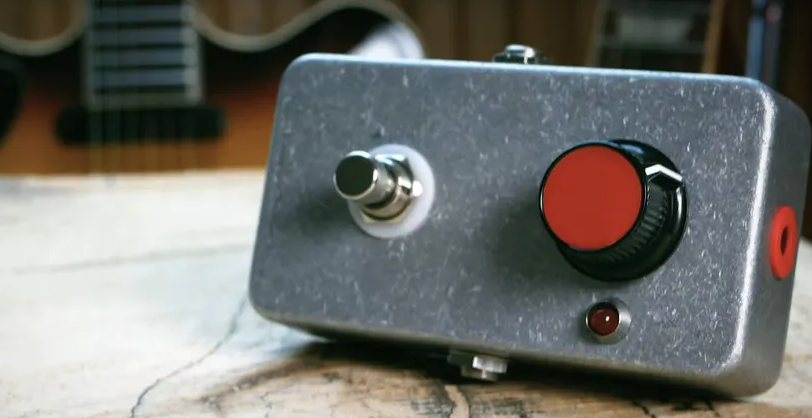We use our electronics everyday, and may consider how using our various devices makes us feel, but do we ever stop to consider how the electronics are feeling? Andrew J Harvie raises this question in a recent project that takes the form of an unusual guitar pedal—one capable of expressing pain.
When the pedal is deactivated, sound will pass through it just as with any normal guitar pedal. However, when the pedal is activated and silence is detected, it will commence begging for mercy from the user. Should the user choose to ignore the pedal’s pleas and step on it anyway, relentless screaming will ensue.

Harvie claims that the pedal will “change how music is played forever into the future,” a claim that may be supported by just how off-putting the pedal’s lingering cries of “Help! No don’t!” are.
To drive the sound interactivity, Harvie used a Teensy 3.2, although it’s unclear how the Teensy felt about it. For those who would like to make their own emotional instruments, you can find the full source code to the project on github with instructions forthcoming.















